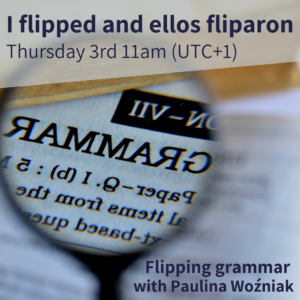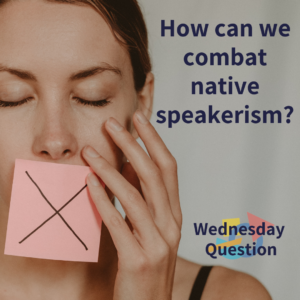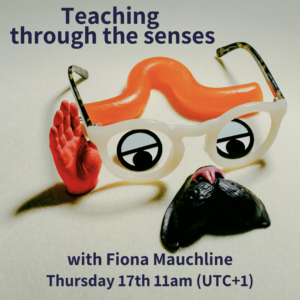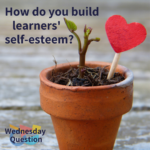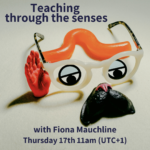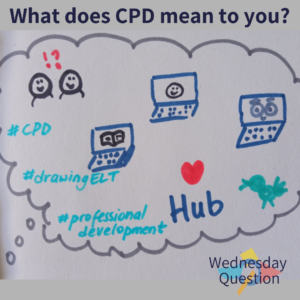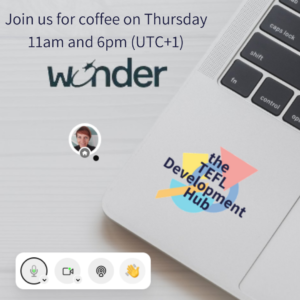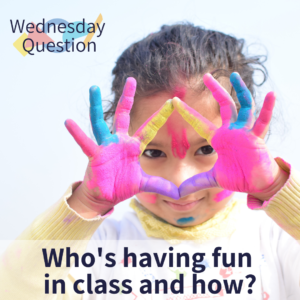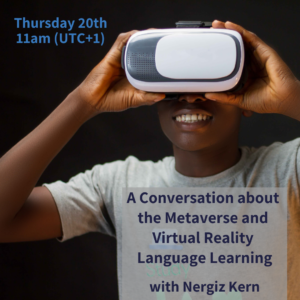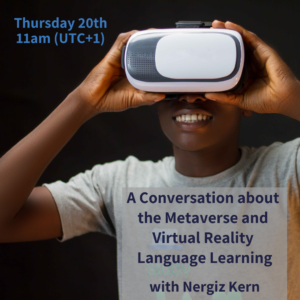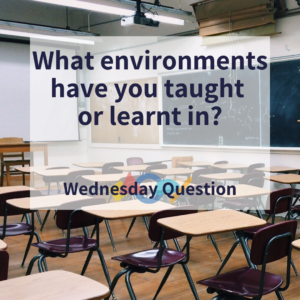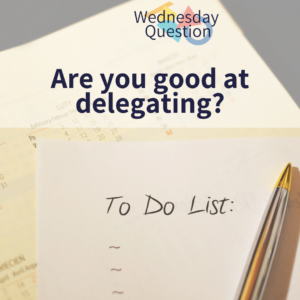The Wednesday Question this week has had more comments than any other, I believe (except perhaps the one about purple). It would be wonderful for more people to add what they’re doing to combat native speakerism so keep those comments coming!
We’ve also had questions this fortnight around time management, giving feedback in training and AI bias. Rachel Roberts shared a link to her Festival of Freelancing, coming up next week, along with a question about where freelancers need most support. Plus there were questions around repurposing flashcards and how you approach first lessons with one-to-one learners.
We also had a fabulous webinar with Paulina Woźniak on flipping the classroom and our regular coffee breaks.

